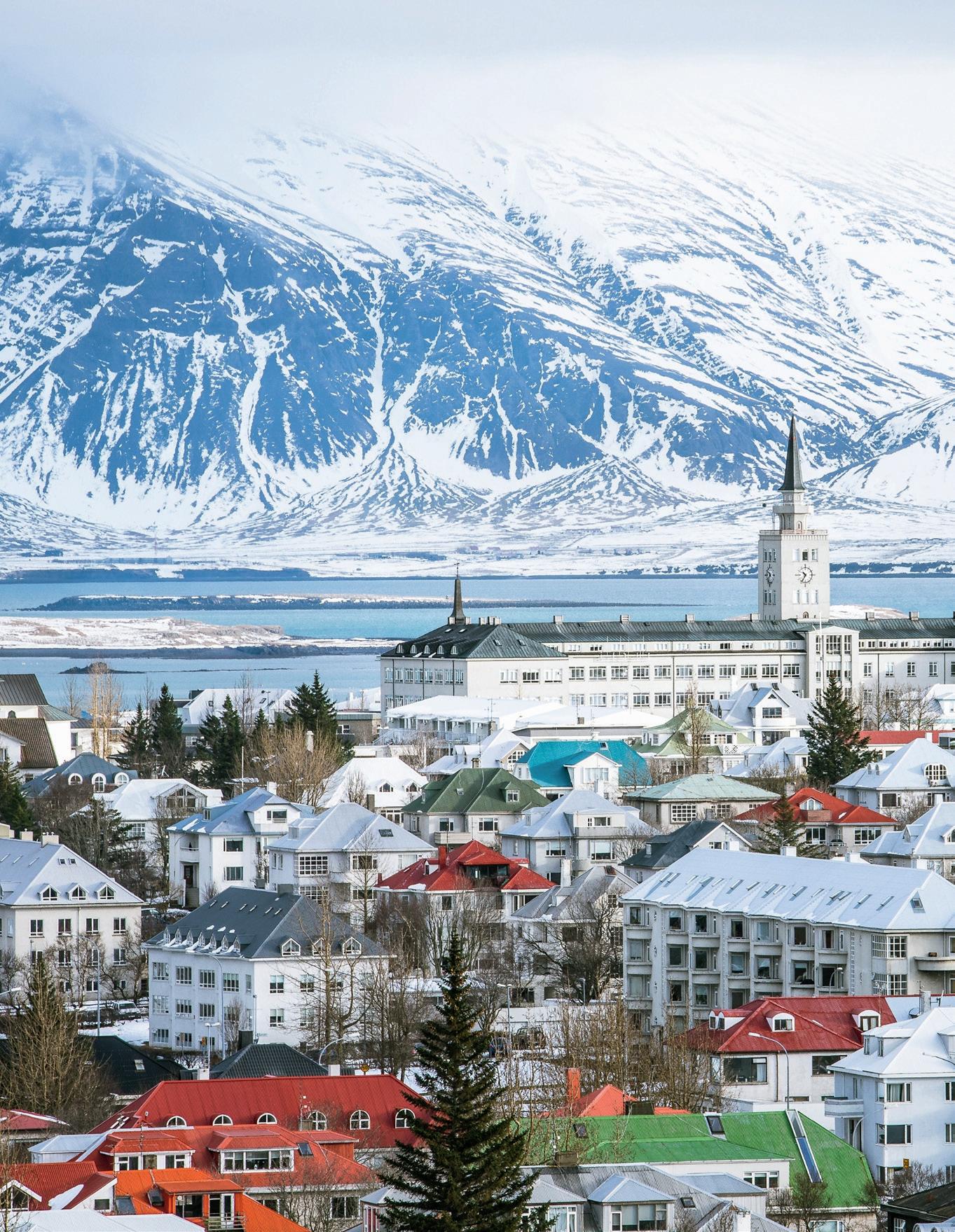
3 minute read
Infrastructure for the world’s largest tunnel factory
INFRASTRUCTURE AND GEOTECHNICS
Infrastructure for the world’s largest
Advertisement
tunnel factory
MOE will design the infrastructure of the new tunnel factory area that is to produce elements for the new Fehmarn Belt Fixed Link.
The 15 km Fehmarn Belt Fixed Link will be the longest immersed tunnel in the world, while the new purpose-made tunnel element factory will set a world record based on its size alone. The factory area is situated by Rødby Havn and will take up 125 ha. To use a well-known measuring term from journalism, this corresponds to 125 football fields.
As consultant for Femern Link Contractors (FLC), MOE is responsible for designing the infrastructure surrounding the factory. In round numbers, the project covers 25 km of roads in different shapes and sizes, in combination with 52,000 m2 of paved areas and 89,000 m2 of unpaved areas. The drainage project is equally big, and it requires drainage of the whole area and management of surface water. In addition to the general pipe works, several pumping stations and basins need to be incorporated. Dike design and wave mechanics We are also responsible for designing the dikes surrounding the production area consisting of three basins that can be filled with water to allow the tunnel elements to be shipped out.
The concept is best compared to a dry dock as we recognise from old-fashioned shipbuilding. Each element is about 217 meters long and weighs 73,000 tons which also brings us up to ship sizes.
It is important to keep the basins dry during production. The dikes will guarantee this along with extremely efficient drainage. The dikes are built of clay till gained from the excavation of basins. This is a big geotechnical task, Allan Meier, Business Manager for MOE Geotechnics explains.
This is, in my opinion, a very exciting project. We get to work with things such as slope stability analysis as well as large scale seepage analysis and settlement calculations which is why we also work with Geotechnical Engineers from our other departments. Another important aspect is coastal protection and the effect of waves for which we will bring in assistance from our new colleagues in Artelia.
Allan Meier Business Manager Geotechnics Næstved
As Allan points out, Artelia belongs to the international elite in terms of maritime structures and hydraulic analysis, which is a new strength for us in MOE.
BIM makes the world smaller This task has come to be known for its collaborative nature across offices, professions and borders in more ways than one. This also holds true for the digital area. Nanna Geirsdottir from Copenhagen is in charge of the overall overview and coordination with Artelia PTS, which is located in the Philippines that contributes with the design of 3D-models. Nanna is an experienced BIM-coordinator, who recently worked on another large civil works project – Greater Copenhagen Light Rail. She emphasises how BIM has become a universal language that contributes significantly to support the international team constellations:
A lot of different nationalities work on the
Fehmarn-project, and it is interesting how BIM seems to have made the world smaller. BIM provides us with a shared platform and a universal language which everybody understands. This is very much caused by the fact that our different programmes have started to collaborate.
We use Civil 3D for earthworks, Tekla for constructions and Open Roads for road design and combining the three used to be a great challenge. Now, however, they collaborate effortlessly.
Nanna Geirsdottir BIM Operator Bridges & Railways Copenhagen
Deep understanding of waves Artelia is a world leading engineer within port and coastal infrastructure as well as environmental consultancy for coastal and estuarine areas. This requires extensive knowledge and expertise within sediment dynamics, hydrodynamics and civil engineering.
The Group has one of Europe’s most advanced hydraulics laboratories at its disposal with cutting-edge numerical modelling capabilities along with a Shiphandling Training Centre at the Port Revel Centre.
Lastly, Artelia devotes considerable resources to research methods for harnessing the energy potential of oceans through development of innovative maritime energy solutions.











